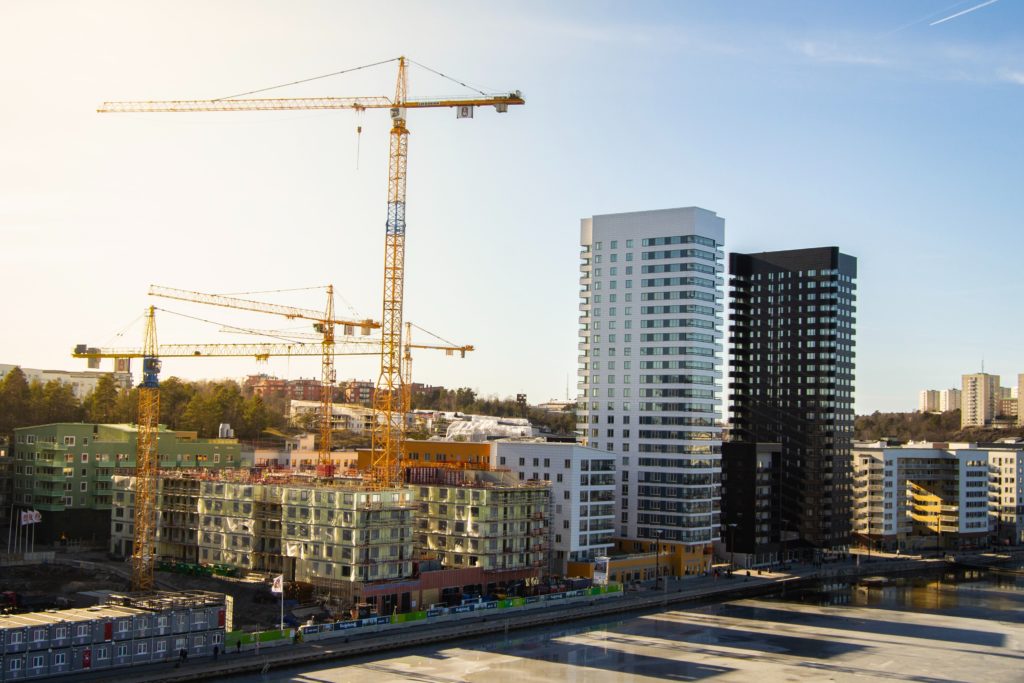How a proactive strata council can reduce your building's insurance premiums
16th February, 2021
I recently received a call from a CBC listener, Lisa, who is actively shopping for a condo but is concerned about the high cost of strata insurance and this concern is justified.
Over the past year, strata premiums and deductibles have increased considerably in British Columbia, in some cases up to 400 per cent. But there may be relief on the horizon.
As of January 2021, all insurance companies have agreed to end a practice called best term pricing, which is when a strata’s premiums are determined by the highest bid from an insurance company.
The end of this practice is important because insurance companies usually share the risk of insuring a building among several insurers. Instead of one insurance company covering the entire building, they might insure only 30 per cent of it and leave the remainder to be insured by another, or several other, insurance companies.
Reducing premiums
With best term pricing, if four insurers are covering a building, whoever charges the highest premium out the four would set the premium for the entire building — even if the other three insurers were willing to issue insurance for a lower amount.
Now that best term pricing is gone, hopefully rates will drop.
And while the industry is still adjusting to the new rules, it does appear that the cost of insurance premiums has levelled off and, in some cases, is even trending lower for well-run buildings.
But if a strata really wants their insurances premiums to drop, they should take the necessary steps and prove to the insurers that they deserve a discount.
Insurance premium are adjusted based on risk so it shouldn’t come as a surprise that poorly maintained buildings that make more claims pay higher premiums.
Strive for 5
Every strata building should strive for five years claim-free — a goal that usually isn’t possible unless a strata council has budgeted for regular building maintenance and has fully funded their contingency reserves.
Originally, Lisa had limited her search to buildings that were less than five years old as they were still under warranty. In my opinion, newer isn’t always better and some older, but well-maintained buildings, are worth considering as buyers often get more square footage for their dollar.
A common misconception is that a building with low strata fees is a sign of a well-run and efficient building, but fees could also be low for all the wrong reasons.
The building’s strata council might be under-funding their contingency fund, doing minimal maintenance or delaying their depreciation report in order to “save money.”
Under these circumstances, it is only a matter of time until something goes wrong and when it does, the strata won’t have the cash needed in their contingency fund to pay for the damage. Instead, they will be forced to issue a special assessment to all the unit owners, which can be in the $50,000 to $100,000 range, depending on what went wrong.
Pay more, save more
When condo shopping, Lisa shouldn’t reject units with higher-than-average strata fees.
In fact, I would rather she pay more monthly if it means that 10 to 15 per cent is being allocated to the contingency fund and the building is being properly maintained. Ultimately, it should save her money by reducing the cost of her strata insurance and helping her avoid costly special assessments.
Earlier this week I received an update from Lisa. She found a condo and had her offer accepted but ended up backing out of the deal after noticing some red flags in the strata’s minutes and annual budget.
Disappointed, but still hopeful, her search continues.
Originally published in CBC’s Opinion section.